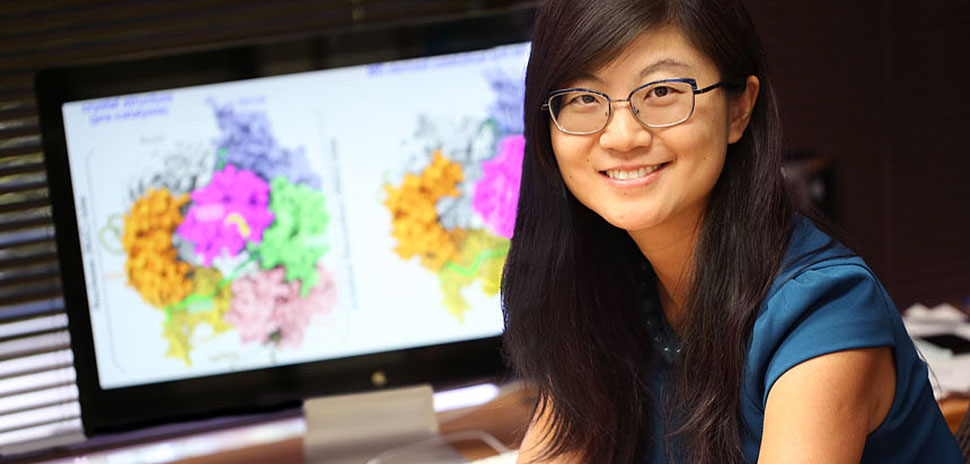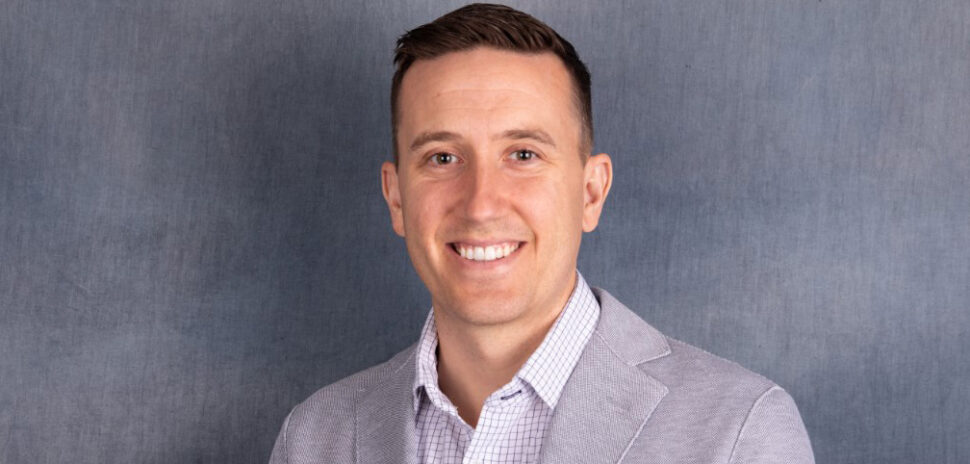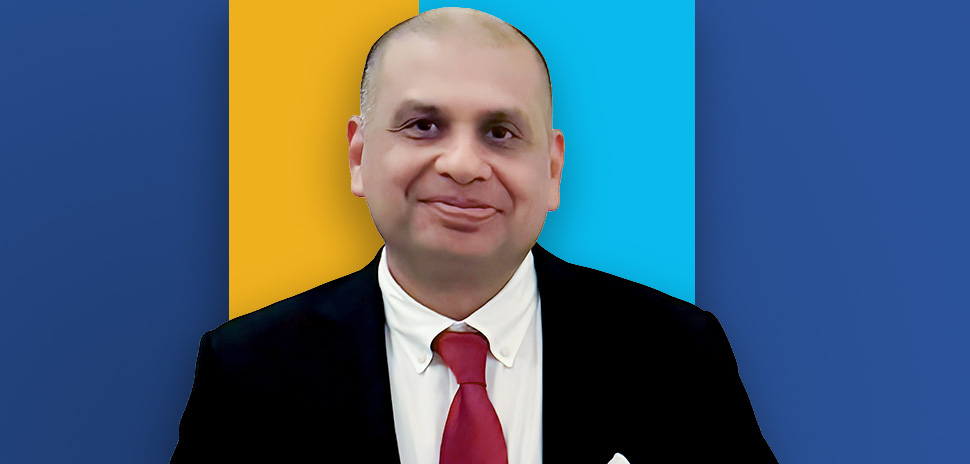![]() Every week, we do a little research of our own. We’re looking for scientists, professors, engineers, entrepreneurs—anybody, really—engaging in research and development across North Texas.
Every week, we do a little research of our own. We’re looking for scientists, professors, engineers, entrepreneurs—anybody, really—engaging in research and development across North Texas.
There’s plenty of good work being done. If you want to put R&D under your microscope, sign up for our e-newsletter.
UNTHSC researcher seeks to make CRISPR-Cas9 tech more precise
A researcher at the University of North Texas Health Science Center in Fort Worth wants to demystify the capabilities of CRISPR technology to make the gene editing device CRISPR-Cas9 safer and more precise—all with the goal of finding a cure for life-threatening diseases.
The researcher, Jin Liu, is an assistant professor of pharmaceutical sciences. A $437,864 National Institute of Health/National Heart Lung and Blood Institute grant is supporting Liu’s work.
She foresees the technology as a key tool in fighting disease.
“Any genetic disease, the CRISPR-Cas9 technology has the potential to cure,” Liu said in a report from UNTSHC’s Jan Jarvis. “Cancer, eye diseases and sickle cell anemia, for example.”
With the CRISPR-Cas9 system, researchers can make changes in a cell’s genetic code. The Cas9 enzyme is then used to cut the DNA.
“When something is wrong with the DNA we can cut it out and repair it,” she said. “But to bring the technology to the therapeutic field we have to be able to cut the DNA as accurately as possible.”
UT Southwestern uses AI in depression treatment study
Researchers in two studies at UT Southwestern Medical Center in Dallas are using artificial intelligence to identify brain activity patterns that could be making patients less responsive to some antidepressants.

Dr. Madhukar Trivedi
The work could help psychiatrists answer the question of why some medications work on some people, but not others. Do they recover because of the so-called placebo effect (the self-fulfilling belief that a treatment will work), or does a person’s biology affect the outcome?
The studies include the latest findings from a large national trial (EMBARC) aimed at establishing biology-based, objective strategies that have the potential to remedy mood disorders and lessen treatment trial and error.
“We need to end the guessing game and find objective measures for prescribing interventions that will work,” said Dr. Madhukar Trivedi, who oversees EMBARC and is the founding director of UT Southwestern’s Center for Depression Research and Clinical Care. “People with depression already suffer from hopelessness, and the problem can become worse if they take a medication that is ineffective.”
UTA team gets $427K for research on healing of cranial injuries
The National Institute of Health has given significant funding support to a research team at the University of Texas at Arlington that is looking at groundbreaking treatment to speed up the healing of cranial injuries.
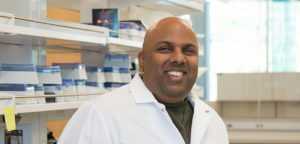
Venu Varanasi of the University of Texas at Arlington
The $427,000 grant to UTA will foster critical advancements in the project, which is led by Venu Varanasi, an associate professor at UTA’s Bone-Muscle Research Center.
His team is developing a method for live 3D printing of bone-forming scaffolds. Those could be grafted to cranial defects by using regenerative antioxidant materials that support the human body’s natural healing processes, UTA said.
This method could cut the healing time for severe cranial injuries and make treatment more accessible and affordable to patients.
“While the study is anchored in materials and craniofacial healing, we’re focused on understanding the pathophysiology of the traumatic injury process in order to mitigate and overcome barriers that can slow down or interfere with the bone healing,” Varanasi said.
The grant came from the NIH’s National Institute of Dental and Craniofacial Research. It’s the first round of funding Varanasi has received for this work since coming to UTA in 2018.
Varanasi’s collaborators at UTA on the project are Marco Brotto, a George W. and Hazel M. Jay professor in the College of Nursing and Health Innovation, and Pranesh Aswath, a professor of materials science and engineering.
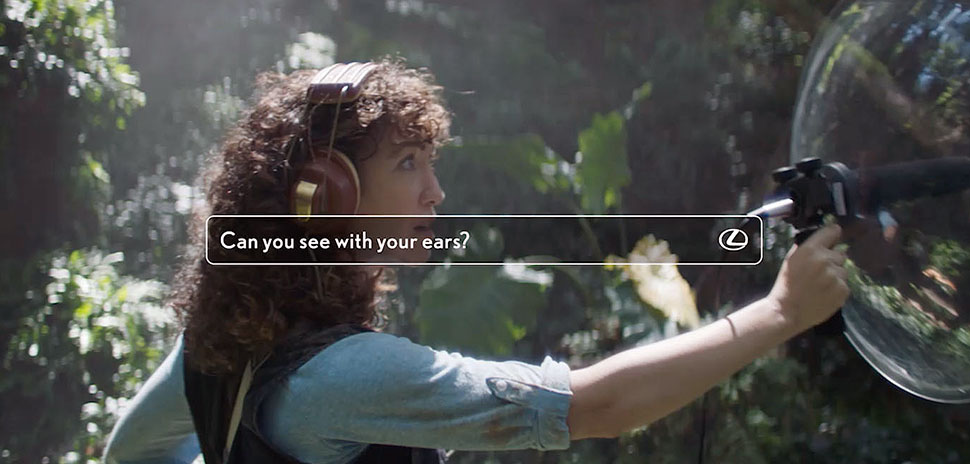
[Courtesy Lexus]
Research helps Lexus fine-tune its high-end audio
A new marketing campaign from Lexus called “Our Greatest Curiosity” is a celebration of curiosity and the research.
“Thirty years ago, Lexus introduced its first vehicles to the world. The most important part of those cars, however, wasn’t the sheet metal, the engine or the technology,” Lisa Materazzo, vice president of Lexus marketing, said in a statement. “It was the team of researchers who, in 1985, interviewed hundreds of consumers to understand them as humans: What moves them? What makes them tick? From the very beginning, our greatest curiosity hasn’t been the machine, it’s been the driver. It’s the inspiration for everything we do.”
In the video, Lexus teases the question, “Can you see with your ears?”
It explains that when a concertgoer closes their eyes, they can hear the locations of the drummer, guitarist, and vocalist. Ordinarily, automotive sound systems are engineered late in a car’s development. But, Lexus and Mark Levinson audio engineers are collaborating from the beginning to create a bespoke audio experience for the Lexus ES.
Mark Levinson is a Connecticut-based high-end audio equipment brand. Lexus, a division of Toyota Motor Corp., also has its U.S. headquarters in Plano.
![]()
Get on the list.
Dallas Innovates, every day.
Sign up to keep your eye on what’s new and next in Dallas-Fort Worth, every day.

